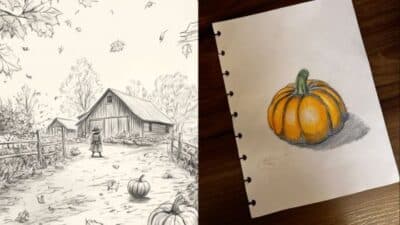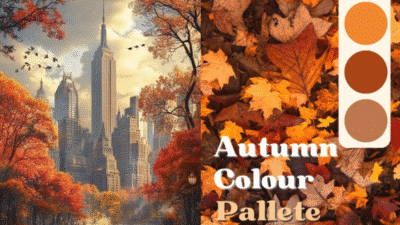Art bases are simple sketches or templates that serve as starting points for creating artwork. These pre-drawn outlines help artists overcome the challenge of beginning with a blank page and provide structure for developing their drawings.

Art bases act as blueprints that give artists a foundation to build upon, whether they’re practicing anatomy, experimenting with poses, or learning proportions. They range from basic stick figures to detailed human forms and can include various poses, facial structures, and even clothing outlines. Artists of all skill levels use these tools to speed up their drawing process and focus on adding their own creative details rather than struggling with basic structure.
The concept has gained popularity through online communities where artists share original, hand-drawn bases for others to use freely. These resources span multiple categories including human figures, faces, action poses, and character designs, making them valuable tools for both beginners learning fundamentals and experienced artists seeking inspiration for new projects.
Key Takeaways
- Art bases provide structural templates that help artists start drawings without facing blank page paralysis
- These tools come in various forms from basic human figures to detailed poses and can be customized for different art styles
- Using art bases ethically means respecting original creators and following community guidelines about attribution and modification
What Are Art Bases?

Art bases are simplified line drawings that show basic body shapes and poses without detailed features like clothing, hair, or facial expressions. Artists use these foundational sketches as starting points to create their own characters and artwork.
Types of Art Bases
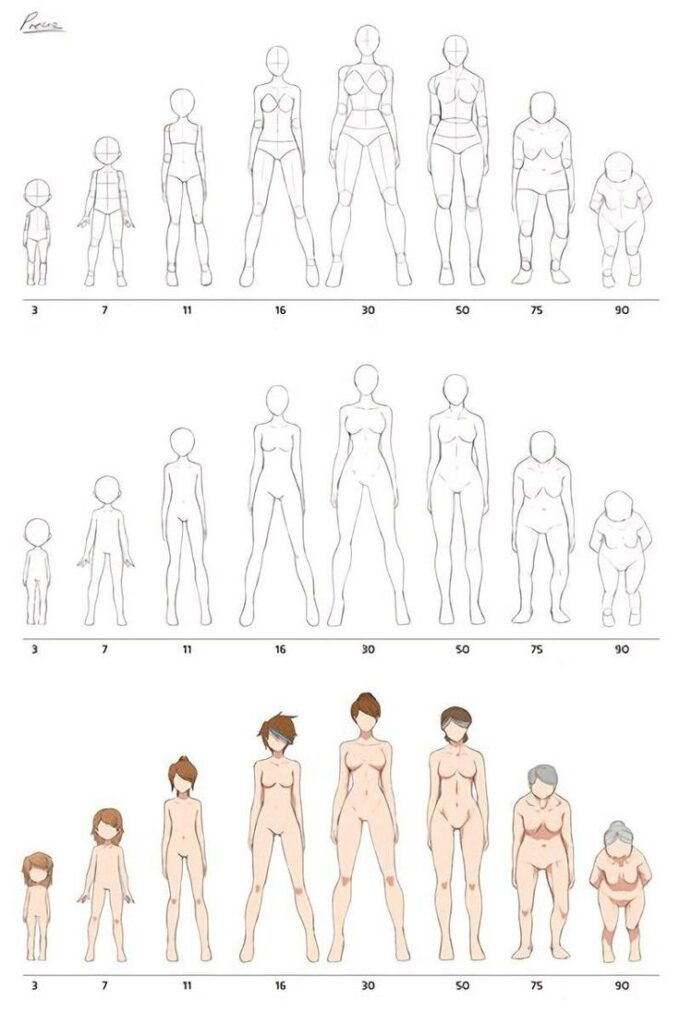
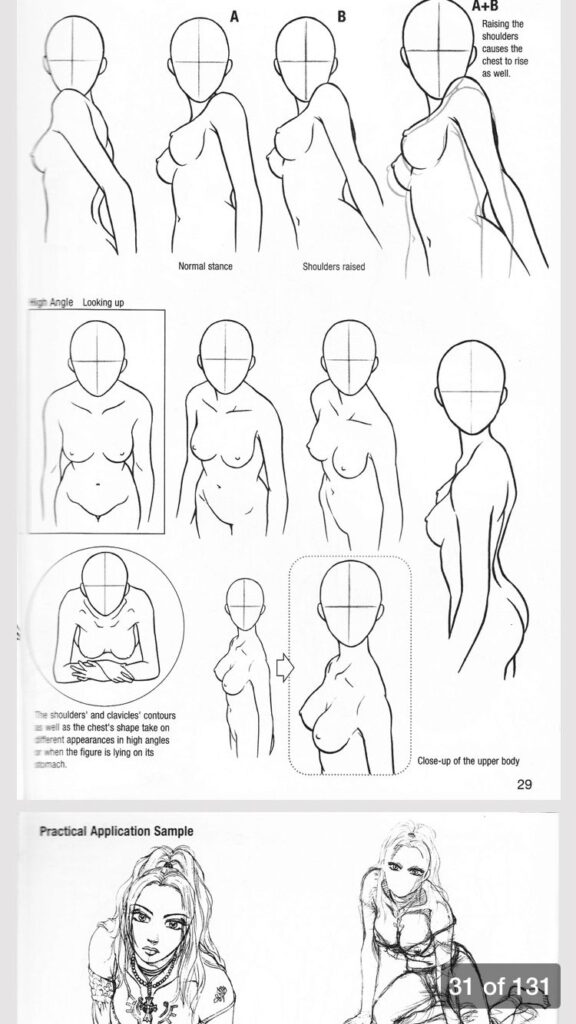
Figure bases are the most common type. They show human body outlines in different poses. These bases include basic shapes for the head, torso, arms, and legs.
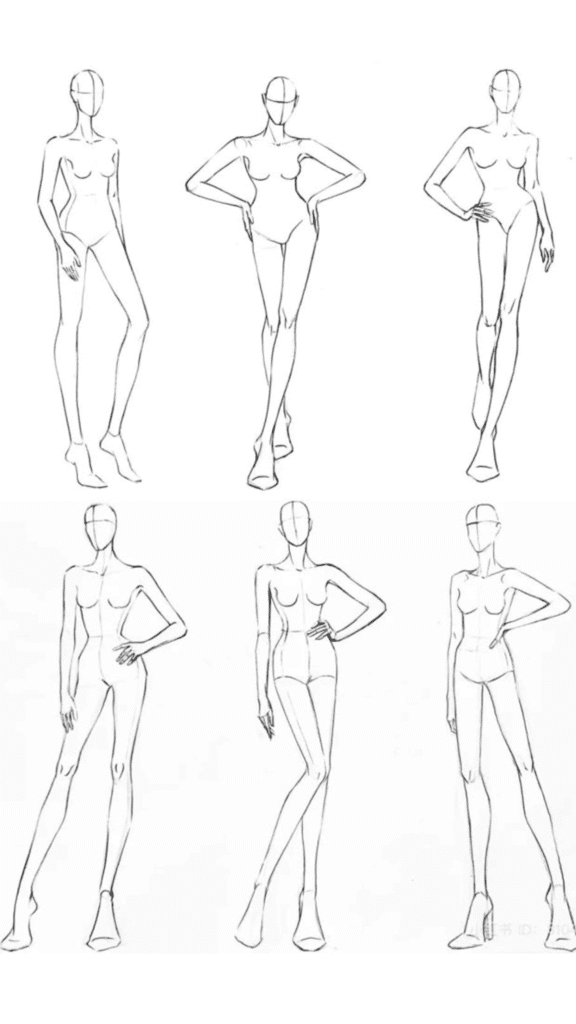
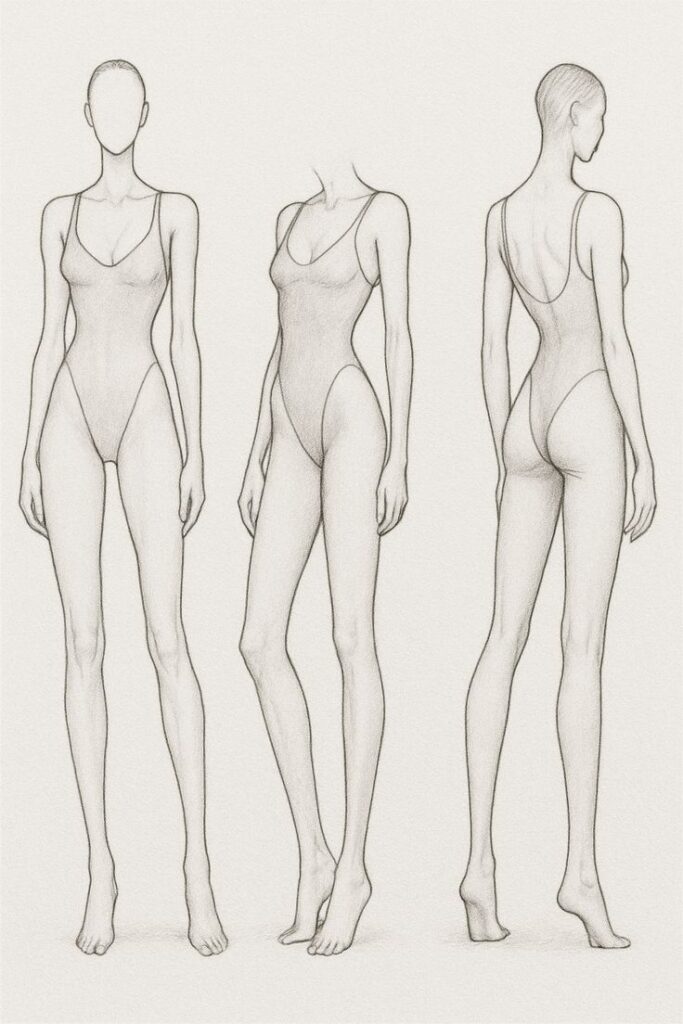
Fashion croquis bases focus on clothing design. They feature elongated figures that help designers sketch outfits. The proportions are often stretched to emphasize the clothing rather than realistic anatomy.
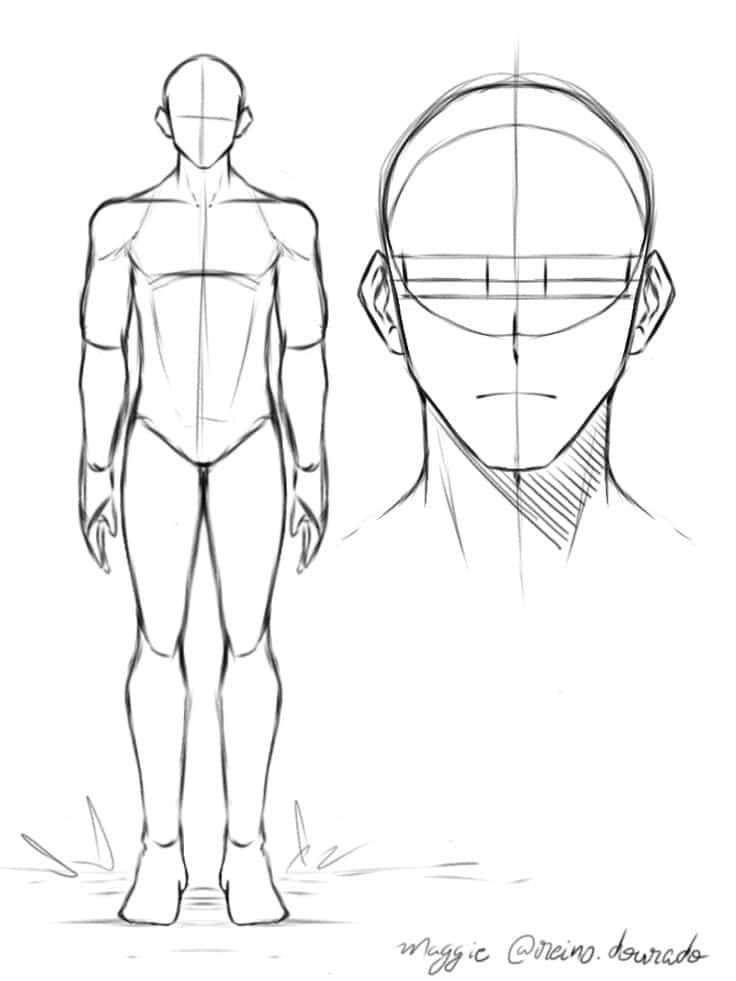

Character template bases provide specific body types or age groups. Some show children, adults, or elderly figures. Others focus on different body shapes and sizes.
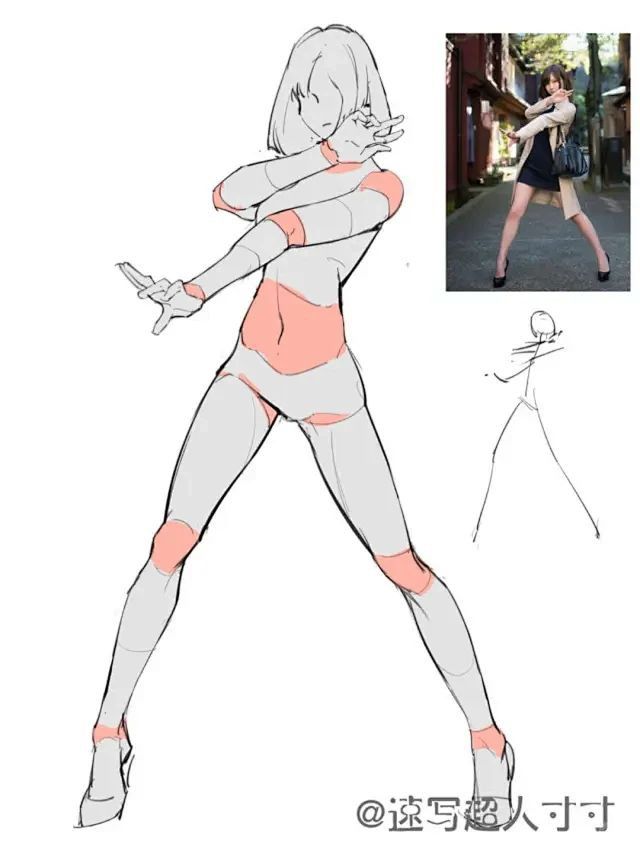
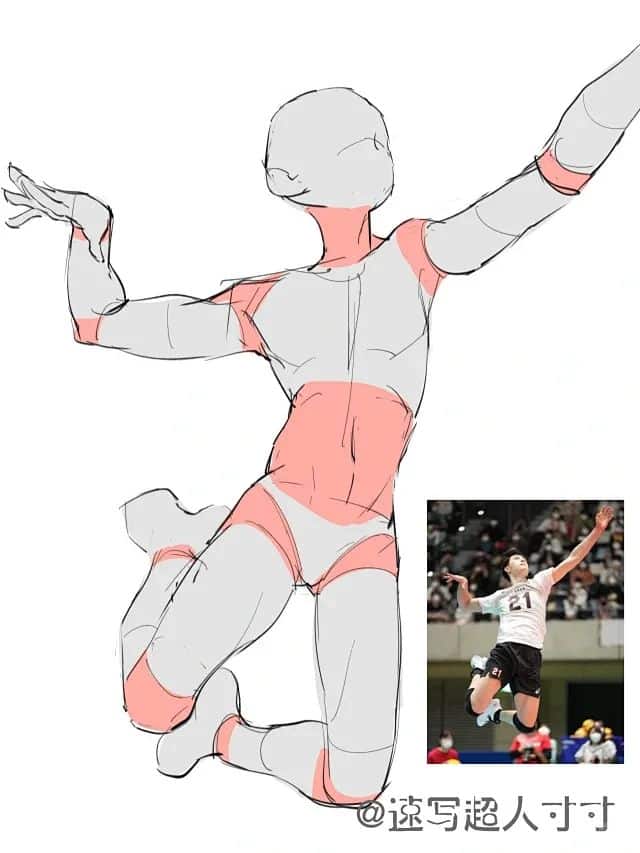
Pose-specific bases capture dynamic actions. These might show running, jumping, dancing, or sitting positions. Artists use them when they need specific movements for their artwork.
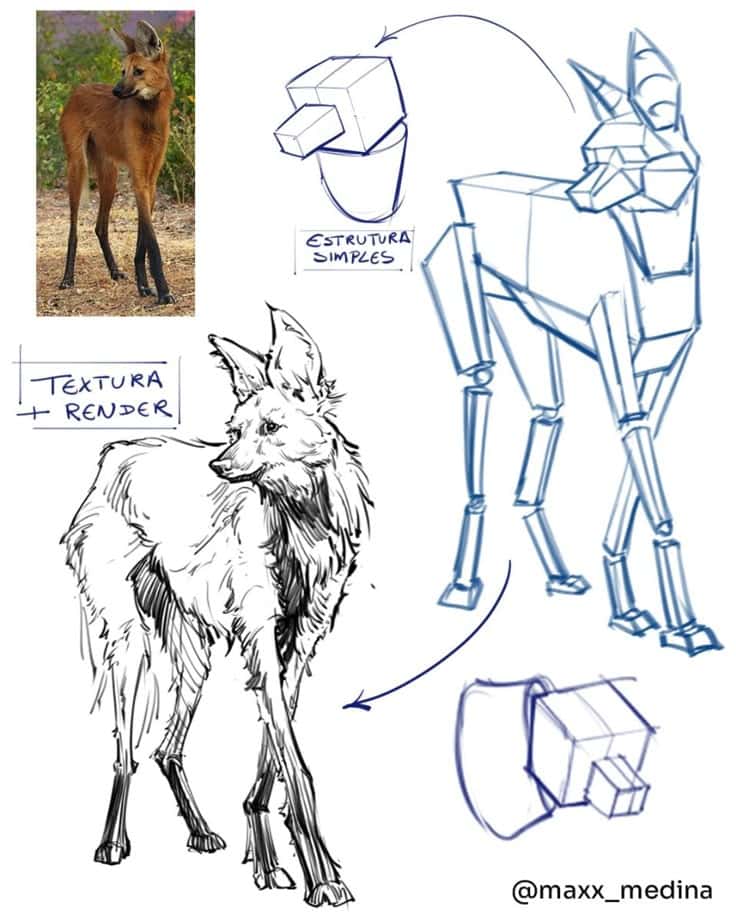
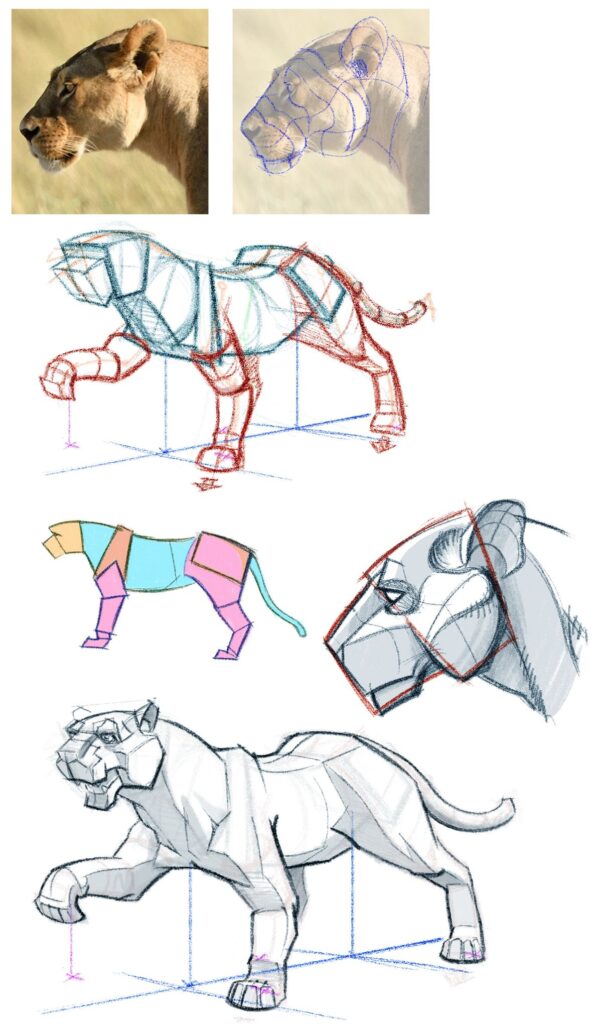
Animal bases outline different creatures. These range from common pets like cats and dogs to wild animals or fantasy creatures. They help artists draw animals with correct proportions.
Common Uses for Art Bases
Artists use bases to practice anatomy without starting from scratch. Beginning artists can focus on adding details instead of worrying about basic proportions. This helps them learn faster.
Character design projects often start with bases. Artists can try different outfits, hairstyles, and features on the same pose. This saves time when creating multiple character variations.
Commission work benefits from bases because they speed up the drawing process. Artists can use proven poses and spend more time on custom details that clients request.
Art tutorials frequently include bases. Teachers provide the foundation so students can follow along step by step. This makes lessons easier to understand.
Collaborative projects use shared bases so multiple artists work with consistent proportions. Fan art communities often share bases for popular characters.
Key Features of Quality Art Bases

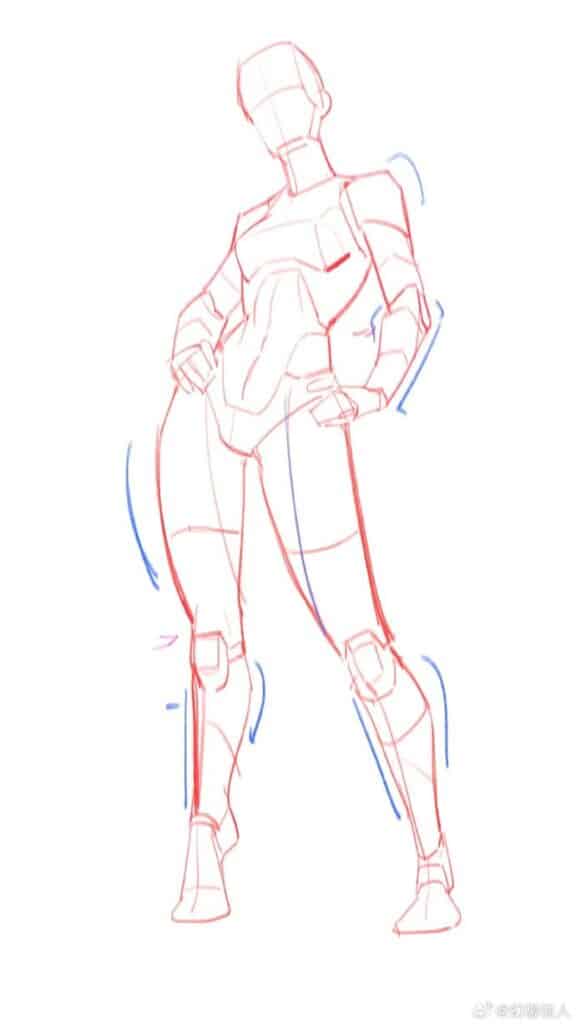
Clean line work makes bases easy to use. The lines should be smooth and clear without extra marks or sketchy areas. This helps artists trace or build on top of the base.
Accurate proportions ensure the final artwork looks realistic. A good base follows basic human anatomy rules. The head size should relate properly to the body length.
Simple construction keeps bases flexible for different art styles. Too many details limit how artists can use the base. Basic shapes work better than complex forms.
Clear joint placement shows where arms and legs bend naturally. This helps artists add clothing and accessories that fit the pose correctly. Joints should be marked or obvious.
Proper file format matters for digital bases. Vector files allow resizing without quality loss. High-resolution raster files work well for detailed projects.
Popular Categories of Art Bases

Art bases fall into several main types that serve different drawing needs. Human figure bases help with body proportions, while face bases focus on facial features and expressions.
Human Bases
Human bases provide the basic framework for drawing full body figures. These bases show correct body proportions and help artists avoid common mistakes with anatomy.
Full body bases typically include guidelines for head-to-body ratios. Adult figures use an 8-head proportion system. Child figures use different ratios depending on age.
Artists use human bases to practice different body types. Male and female bases have different shoulder and hip proportions. Some bases show muscular builds while others focus on average body types.
Gesture-based human bases capture movement and energy. These bases show walking, running, or action poses. They help artists understand how the body moves and bends.
Many human bases come as simple stick figures or basic shapes. Others include more detailed muscle groups and joint connections.
Face and Head Bases
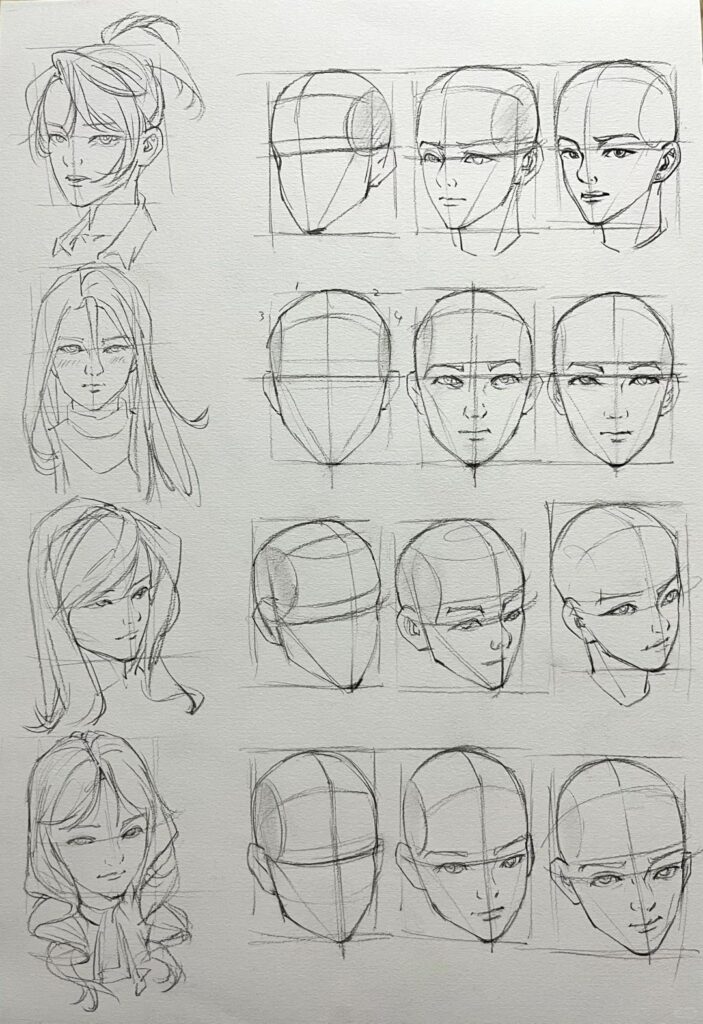
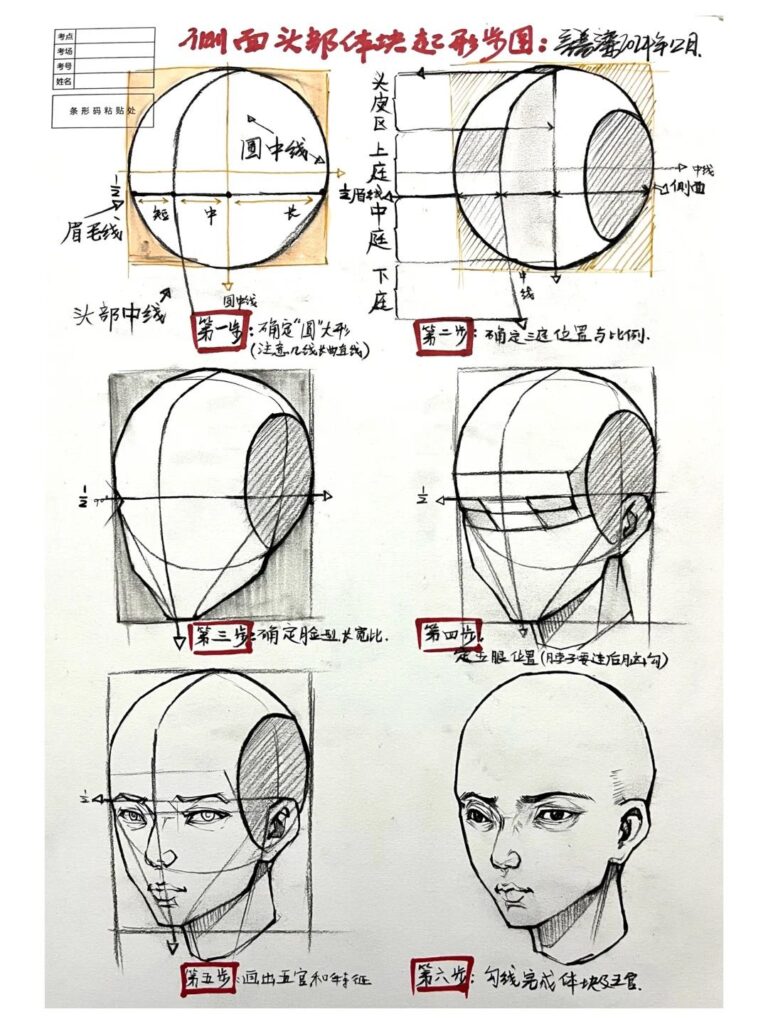
Face and head bases focus on facial proportions and features. These bases use guidelines to place eyes, nose, and mouth correctly.
Basic head construction uses simple shapes like circles and ovals. Artists add center lines and eye-level guides. These help place facial features in the right spots.
Different angle bases show front view, side view, and three-quarter views. Each angle has its own proportion rules and guidelines.
Expression bases help artists practice emotions. Happy faces have raised cheeks and curved mouth lines. Sad expressions show drooped features and downturned mouths.
Age-specific face bases show how features change over time. Child faces have larger eyes and smaller noses compared to adults.
Pose-Based Bases
Pose-based bases show specific body positions and movements. These bases help artists draw dynamic figures in action.
Static poses include standing, sitting, and lying positions. These bases teach weight distribution and balance. They show how clothing and hair fall naturally.
Action poses capture movement like jumping, fighting, or dancing. These bases use curved lines to show motion and energy. They help artists understand body mechanics during movement.
Common categories include:
- Sports poses – running, throwing, kicking
- Everyday poses – walking, reaching, pointing
- Dramatic poses – falling, climbing, stretching
Each pose base shows key body angles and joint positions. Artists can modify these bases for their own characters and art styles.
Bases With Clothing
Clothing bases combine figure drawing with fabric and drapery. These bases show how clothes fit and move on the human body.
Basic clothing bases include simple outfits like t-shirts and jeans. They teach how fabric wraps around body shapes. These bases show where clothes bunch up or stretch tight.
Formal wear bases feature dresses, suits, and complex garments. These bases help with drawing layered clothing and detailed fabric folds.
Clothing bases often include different fabric types. Heavy materials like coats hang differently than light fabrics like silk. Wind and movement effects change how clothing appears.
Some bases focus on specific clothing items like skirts, jackets, or shoes. These detailed bases help artists master challenging clothing pieces.
How to Use Art Bases Effectively
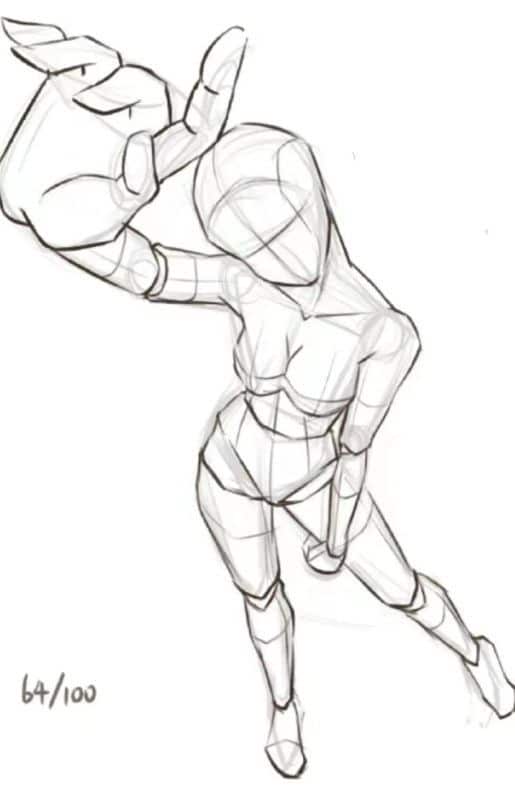
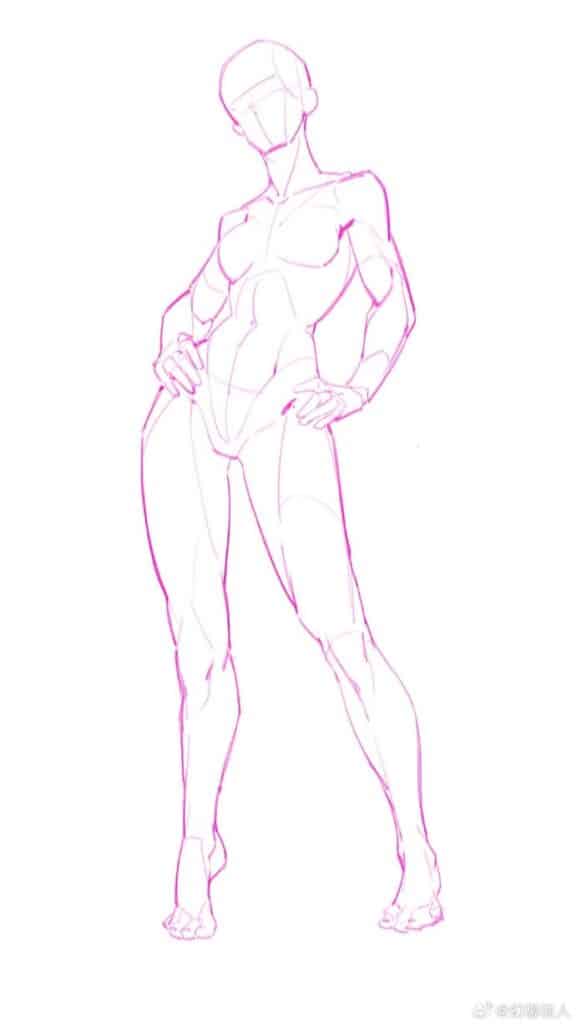
Smart customization turns basic templates into unique artwork, while mixing different elements creates fresh poses and compositions. Regular practice with bases helps artists improve their anatomy skills and learn proper proportions.
Customizing Bases for Unique Artwork
Artists should modify base templates rather than simply coloring them in. This means changing facial features, adjusting body shapes, and altering poses to create original characters.
Key customization techniques include:
- Adjusting limb lengths and proportions
- Modifying facial expressions and features
- Changing clothing styles and accessories
- Adding unique details like scars or tattoos
Color choices make a significant difference in the final artwork. Artists should avoid using too many bright colors together, as this creates visual chaos. A limited color palette often produces better results.
Line weight variation adds depth to base artwork. Thicker lines work well for outlines, while thinner lines suit interior details. This technique helps separate different elements in the drawing.
Artists can combine multiple bases to create complex scenes. They might use one base for the main character and parts of other bases for background figures or additional poses.
Mixing and Matching Elements
Different bases offer various poses, clothing styles, and body positions that artists can combine creatively. This approach creates more dynamic and interesting compositions than using a single base alone.
Artists often take the torso from one base and legs from another to achieve specific poses. They might use arms from a third base to create the exact gesture they want. This mixing requires careful attention to proportion and anatomy.
Common mixing strategies:
- Head from one base, body from another
- Upper body pose with different leg positions
- Clothing elements from multiple sources
- Facial expressions combined with different body language
Digital art programs make mixing elements easier through layers and transformation tools. Artists can resize, rotate, and flip base elements to fit together properly.
The key is ensuring all mixed elements maintain consistent proportions and perspective. Mismatched scaling creates awkward-looking final artwork that appears unnatural.
Practicing Anatomy and Proportions
Bases serve as excellent learning tools for understanding human anatomy and proper body proportions. Artists can study how different body parts connect and relate to each other.
Beginning artists should focus on how bases show basic human proportions. The head typically measures seven to eight times into the full body height. Arms reach about halfway down the thighs.
Practice exercises with bases:
- Redrawing the base without tracing
- Sketching the basic shapes beneath the detailed lines
- Creating variations of the same pose
- Drawing the opposite view or angle
Artists should eventually move beyond relying heavily on bases. They work best as training wheels while learning fundamental drawing skills. Over time, artists develop the ability to create original poses from imagination.
Bases help artists understand weight distribution and balance in human figures. They show how the body naturally shifts when standing, sitting, or moving in different ways.
Art Bases for Different Art Styles
Art bases vary greatly depending on the style artists want to create. Each art style needs specific base designs that match its unique features and requirements.
Pixel Art Bases
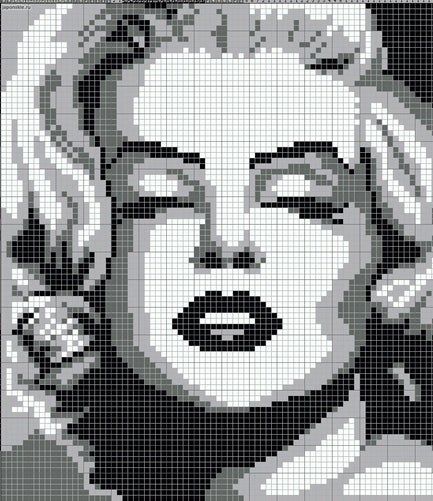
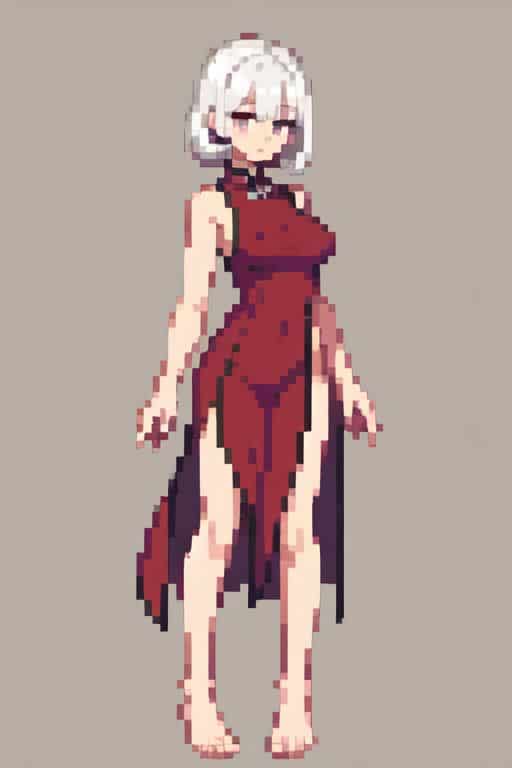
Pixel art bases use grid-based structures with clean, blocky shapes. These bases focus on simple geometric forms that work well at low resolutions.
Artists create pixel art bases using squares and rectangles as building blocks. The bases typically feature solid colors without gradients or smooth curves.
Common pixel art base features:
- 16×16, 32×32, or 64×64 pixel dimensions
- Limited color palettes (often 8-16 colors)
- Hard edges and straight lines
- Simple pose structures
Character bases for pixel art often use a front-facing or side-view perspective. These views translate better to the pixel medium than complex angles.
Artists can find pixel art bases designed for different character types. Some focus on humanoid figures while others work better for creatures or objects.
Anime and Manga Bases

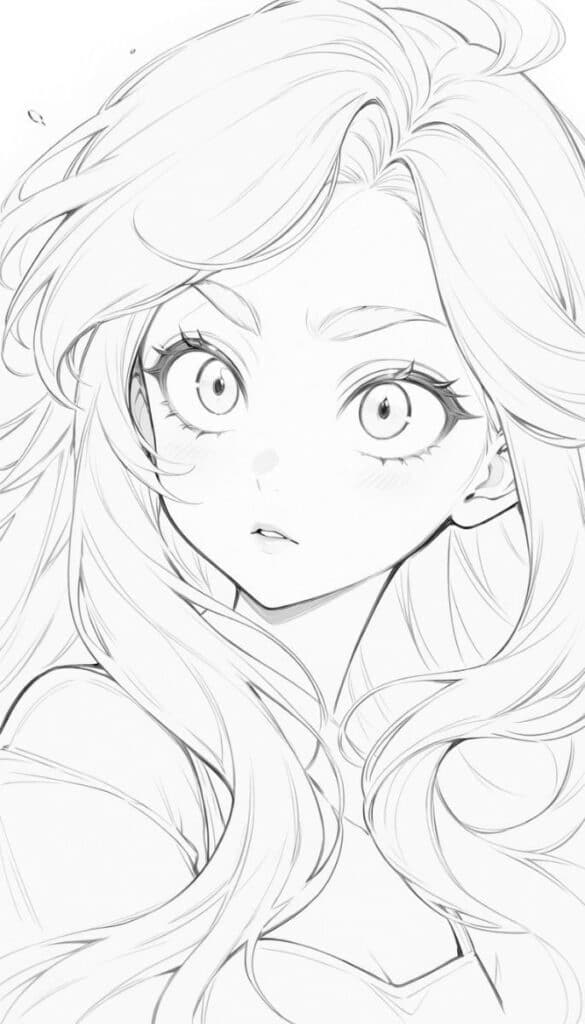
Anime and manga bases emphasize exaggerated proportions and expressive features. These bases typically feature larger heads, bigger eyes, and stylized body shapes.
The bases often show neutral expressions with simple standing poses. This allows artists to customize the character without fighting against existing details.
Key anime base characteristics:
- Head-to-body ratios of 1:6 or 1:7
- Large eye shapes with minimal detail
- Simplified facial features
- Clean line art without shading
Female anime bases tend to have curvier silhouettes and slimmer builds. Male bases feature broader shoulders and more angular body shapes.
Artists use these bases for character development and design practice. The simplified nature helps beginners learn proper anime proportions.
Realistic vs. Stylized Bases
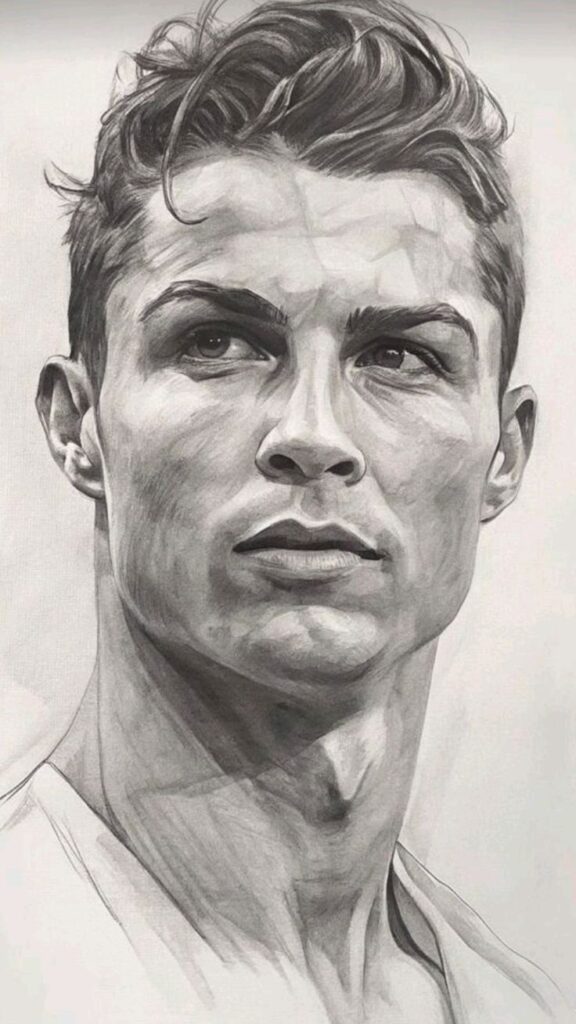
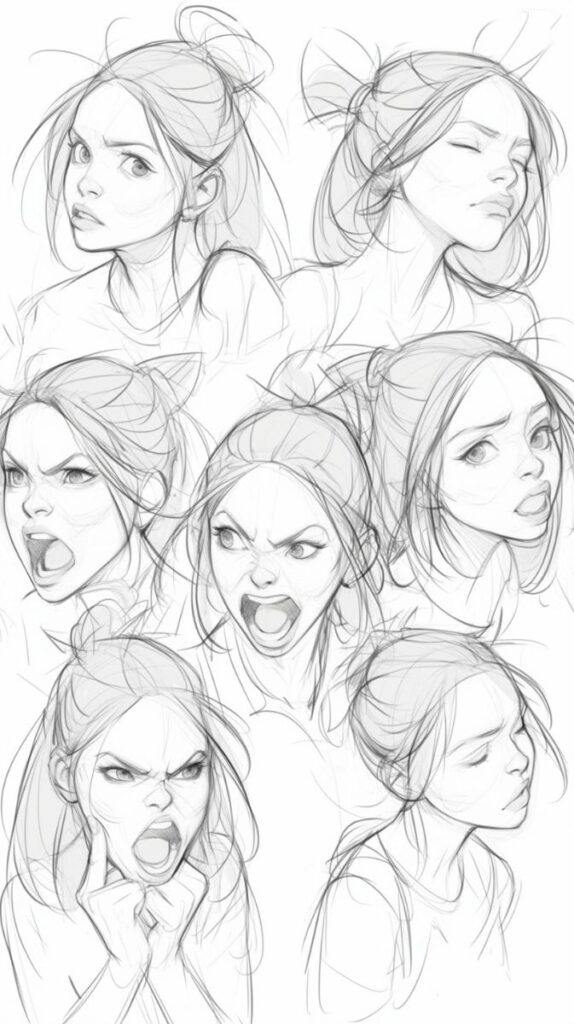
Realistic bases follow anatomical accuracy with proper human proportions. These bases require more detailed skeletal and muscle structure knowledge.
Artists use realistic bases when creating portraits or figure studies. The bases help maintain correct body measurements and joint placement.
Stylized bases allow more creative freedom with proportions and features. Artists can exaggerate certain elements while minimizing others.
Realistic base features:
- 7-8 head-tall proportions
- Accurate bone and muscle structure
- Natural pose mechanics
- Detailed anatomical landmarks
Stylized base features:
- Flexible proportion rules
- Emphasized artistic elements
- Creative pose possibilities
- Style-specific characteristics
Stylized bases work well for cartoon art, comic books, and fantasy illustrations. Artists can push the limits of reality while keeping the base structure intact.
Finding and Creating Art Bases
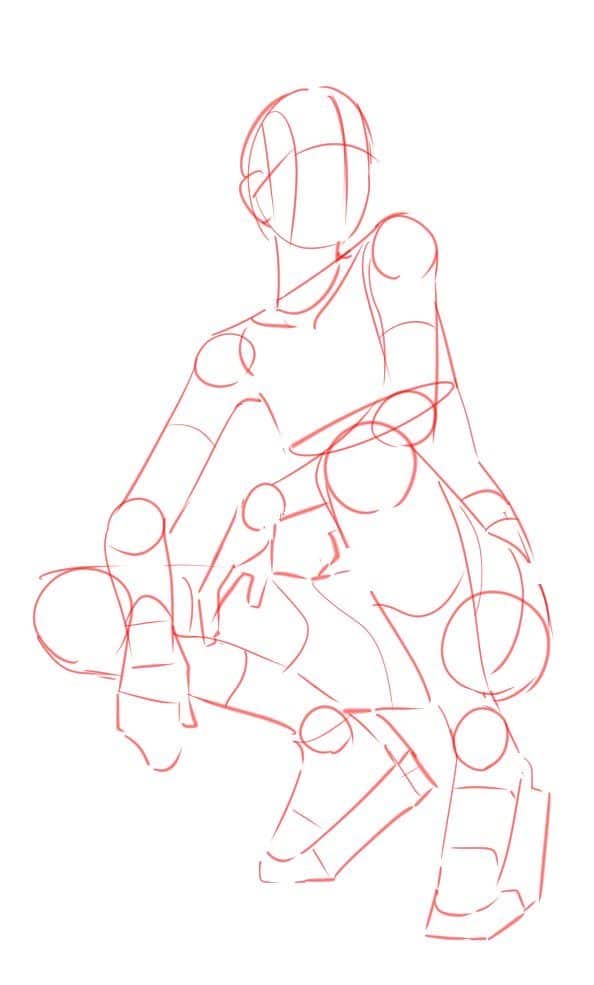
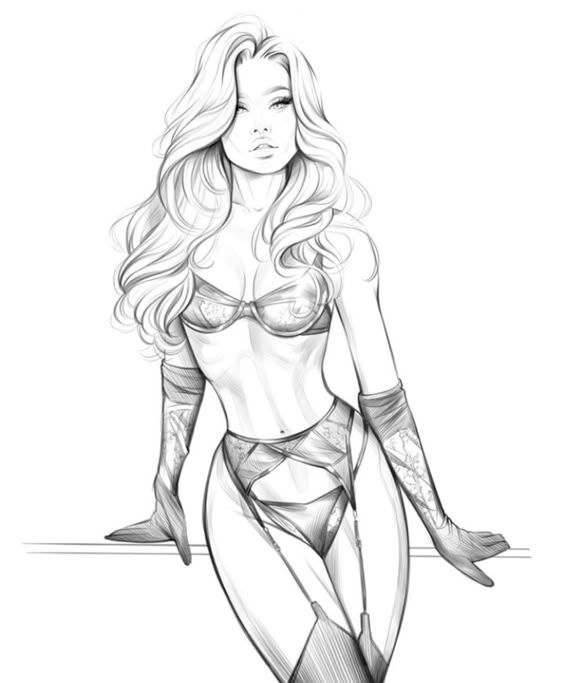
Artists can find high-quality art bases through online communities and create their own using simple shapes and digital tools. Building a personal collection of bases saves time and improves drawing consistency.
Where to Find Free Art Bases
Online art communities offer thousands of free art bases for artists at all skill levels. DeviantArt and Pixilart host large collections of original, hand-drawn bases created by community members.
Many artists share bases with specific rules. Some require credit to both the original artist and the base creator. Others allow unlimited use without attribution.
Free base websites like Drawingbase.Net organize templates by category:
- Male and female body bases
- Action pose collections
- Face and expression templates
- Animal and creature bases
Artists should always check usage rights before downloading. Some bases are free for personal use but require payment for commercial projects.
YouTube tutorials also provide step-by-step instructions for using specific base styles. These videos often include downloadable templates in the description.
Tips for Creating Your Own Bases
Creating personal art bases starts with understanding basic body proportions. Artists begin with simple geometric shapes like circles for heads and rectangles for torsos.
Start with gesture drawing to capture the pose’s energy. Use loose, flowing lines before adding structural details.
Build the base using this order:
- Draw the spine line for posture
- Add circles for major joints
- Connect joints with simple lines
- Block in the torso and pelvis
Keep bases simple and clean. Avoid adding details like facial features or clothing. The goal is creating a reusable framework for future drawings.
Test each base by drawing different characters over it. A good base works for multiple body types and art styles.
Save bases in a organized folder system. Label files clearly with pose descriptions like “running-action” or “sitting-relaxed.”
Using Digital Tools for Art Bases
Digital art software makes creating and storing art bases much easier than traditional methods. Photoshop, Procreate, and Clip Studio Paint offer layer systems perfect for base creation.
Create bases on separate layers from finished artwork. This allows artists to hide the base once the drawing is complete.
Vector programs like Illustrator create bases that scale to any size without losing quality. This works well for artists who draw at different canvas sizes.
Many digital tools include built-in base templates. Clip Studio Paint has 3D reference models that artists can pose and trace over.
Tablet apps let artists create bases anywhere. Procreate’s gesture tools make drawing smooth base lines quick and easy.
Save digital bases as separate files or template documents. Most programs allow artists to import bases into new projects with a few clicks.
Ethical Considerations and Best Practices
Understanding copyright laws and respecting artist terms of use forms the foundation of ethical art base usage. These practices protect both creators and users while fostering a sustainable creative community.
Copyright and Proper Attribution
Copyright protection applies to most artistic works automatically when created. Artists retain exclusive rights to reproduce, distribute, and display their work unless explicitly stated otherwise.
Fair Use Limitations:
- Educational purposes have narrow exceptions
- Personal use does not equal public sharing rights
- Transformative work requires substantial changes
Users must obtain permission before using copyrighted art bases commercially. This includes selling finished artwork, using pieces in business materials, or creating products for profit.
Proper attribution requires more than mentioning an artist’s name. Complete attribution includes the artist’s name, original work title, source location, and license type if applicable.
Attribution Best Practices:
- Link directly to the original source
- Use the exact name provided by the artist
- Include copyright year when available
- Specify any modifications made to the original
Many artists provide specific attribution requirements. Some request social media tags, while others prefer website links. Following these exact instructions shows respect for the creator’s preferences.
Respecting Artists’ Terms of Use
Art base creators establish specific rules governing how others can use their work. These terms vary significantly between artists and platforms.
Common restrictions include prohibiting commercial use, limiting modifications, or requiring approval for certain applications. Some artists allow personal use only, while others permit broader sharing with proper credit.
Typical Terms Categories:
- Personal Use Only: No commercial applications allowed
- Non-Commercial: Free for personal projects, no selling
- Commercial License: Paid permission for business use
- Creative Commons: Specific sharing and attribution rules
Users should read terms carefully before downloading or using any art base. Assumptions about usage rights often lead to copyright violations.
Some artists update their terms periodically. Users should check for changes, especially when using older downloads for new projects.
Violating terms of use can result in takedown requests, legal action, or removal from platforms. Respecting these boundaries maintains trust within the creative community and supports artists’ livelihoods.
Frequently Asked Questions

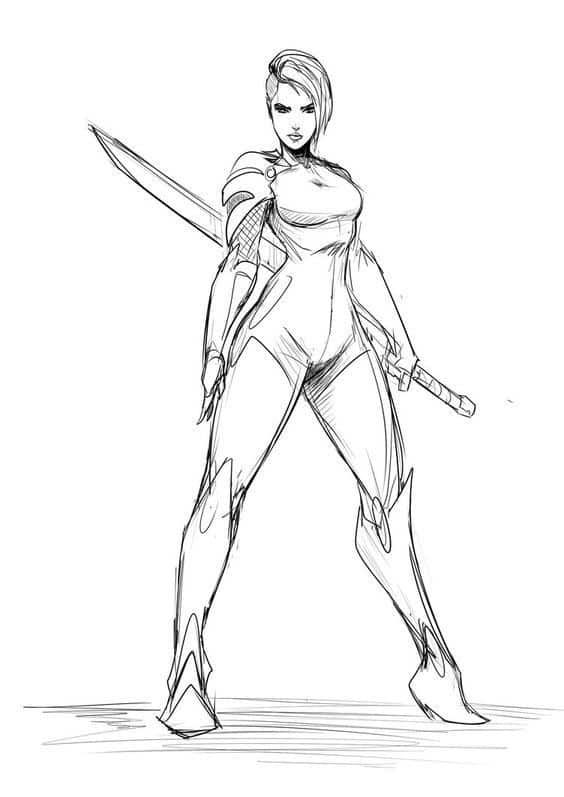
Artists commonly face specific challenges when working with art bases, from understanding proper usage rights to maintaining originality in their work. These questions cover legal considerations, quality differences, and professional standards for creating derivative artwork.
What are the best practices for using art bases as templates for character design?
Artists should start by selecting bases that match their intended style and proportions. The base should provide clear anatomy guidelines and flexible customization options for different character types.
Good practice involves using the base as a starting point rather than a final product. Artists add unique clothing, hairstyles, facial features, and accessories to create distinct characters.
Digital artists benefit from working in layers to separate the base from custom elements. This approach allows easier editing and maintains clean line work throughout the design process.
Testing different poses and expressions helps artists understand how well a base works for their needs. Quality bases should support various modifications without losing structural integrity.
How can one legally obtain or utilize pre-made art bases?
Artists can find legal art bases through established platforms like DeviantArt, artist websites, and dedicated art communities. Many creators share bases with clear usage terms and permissions.
Free bases often come with specific rules about personal versus commercial use. Artists must read the provided terms carefully before downloading or using any base.
Some artists offer bases through commission services where clients request custom templates. This approach provides clear ownership rights and specific usage agreements.
Purchasing bases from legitimate sellers ensures proper licensing. Paid bases typically include broader usage rights and professional-quality construction.
What are the differences between free and paid art bases?
Free bases usually offer basic poses and simple construction but may have limited usage rights. They work well for personal projects and practice work.
Paid bases often feature higher quality anatomy, multiple pose variations, and detailed construction. These bases typically allow commercial use and modification.
Free bases may have restrictions on selling derivative artwork. Paid bases commonly include commercial licenses that permit selling finished character designs.
Quality differences include line work precision, anatomical accuracy, and file format options. Paid bases often provide vector files or high-resolution formats for professional use.
How do artists ensure the originality of their work when using art bases?
Artists maintain originality by substantially modifying the base structure and adding unique elements. Simple recoloring does not create original work.
Significant changes include altering poses, adding custom clothing designs, and creating unique facial features. The final artwork should reflect the artist’s personal style and vision.
Combining elements from multiple bases or adding hand-drawn components increases originality. Artists should aim to make the base unrecognizable in the final piece.
Documentation of changes and creative additions helps establish the artist’s contribution. This practice supports ownership claims for derivative work.
Can art bases be modified for commercial use, and what restrictions usually apply?
Commercial use permissions vary significantly between different base creators and licensing agreements. Artists must verify commercial rights before using bases in paid work.
Common restrictions include prohibiting resale of the base itself or requiring attribution in commercial products. Some licenses limit the type of commercial use permitted.
Paid bases typically offer broader commercial rights than free alternatives. Professional licenses often allow unlimited commercial applications with proper attribution.
Artists should obtain written permission for unclear usage scenarios. Direct communication with base creators prevents legal disputes and ensures proper compliance.
What are the guidelines for properly crediting artists when using their art bases?
Proper credit includes the original artist’s name and a link to their profile or website. This information should appear clearly in artwork descriptions or captions.
Standard credit format uses phrases like “Base by [Artist Name]” or “Original base created by [Artist Name].” The credit should be easily visible to viewers.
Social media posts require tagging the original artist when possible. Platform-specific crediting methods help ensure proper recognition and community etiquette.
Artists should maintain credit information even when significantly modifying bases. Removing or hiding attribution violates community standards and may breach usage agreements.
- 11.0Kshares
- Facebook0
- Pinterest11.0K
- Twitter0


